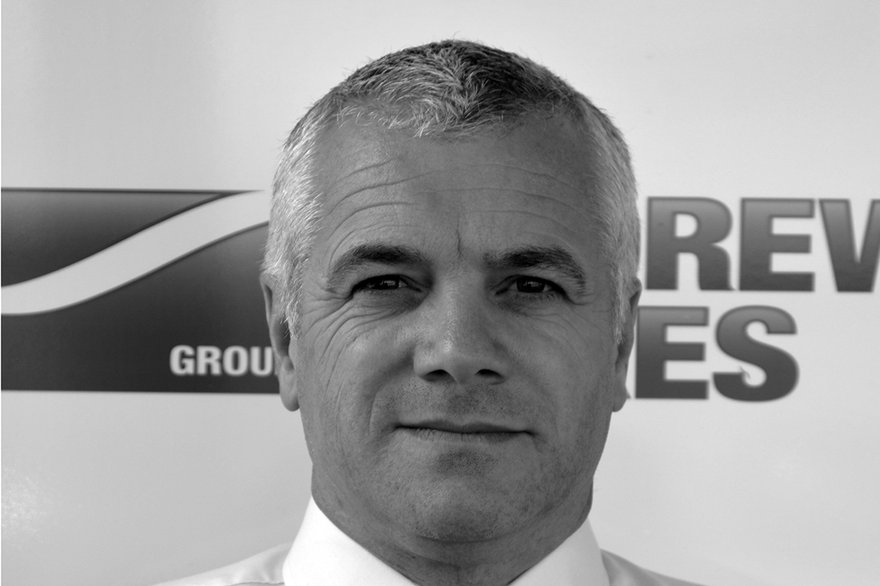No business wants to be faced with an expensive bill, especially when it’s avoidable. Approximately £54,750 ($71,000) is the average cost of network outages experienced by companies each year, with research showing that 78 percent of UK organisations are not fully confident in their ability to recover after a disruption.
Commercial data centers trade on the basis of clients knowing that their data is in safe hands, making downtime non-negotiable. Downtime can impact your clients’ businesses by interrupting financial transactions and reducing employee productivity, both of which result in lost sales revenue. Added to this is the threat that inconvenienced customers will adopt a long-term negative brand perception.
Cooling capacity
As we know well, with a substantial amount of data travelling through data centers, servers will emit a very large heat load and require constant cooling to remain operational.
Although data centers of all sizes can be prone to overheating and hotspots caused by poor airflow and inefficient cooling solutions, orgaqnizations are often unaware of their cooling capacity..
Despite air conditioning solutions tending to be relatively robust, data center managers often find themselves in difficulty when the demand placed on their air conditioning system becomes too large. It’s a very risky business assuming that your current air conditioning system will cope with the additional heat load generated by supplementary servers. Increasing the size of a server room should always go hand in hand with upping cooling capacity.
Assessing heat load
Heat load is not only about the number of servers you have and how they are positioned: other considerations must also be taken into account.
The size of a data center is a key factor when assessing the way that heat moves around the space and selecting a suitable cooling application.
- Large data centers
In a large data center, when significant volumes of cool air are required in an emergency situation, Fluid chillers are an ideal solution. Working in conjunction with air handlers, they are excellent in instances of major breakdown, quickly and effectively cooling large areas to bring your overheating data center back to an optimum temperature. - Smaller data centers
The effective operation of a smaller data center is just as business critical. Small data centers are more suited to compact Split Type air conditioners. The ‘Split’ system’s two parts, the room unit and the external condenser unit, are connected by a length of flexible line. This is ideal for use in data centers as the smaller condenser unit can be placed outside, up to 30 meters from the room unit. Split air conditioner models are available with a range of power outputs and are often recommended for both pre-planned and emergency situations.
Location and access
The type of cooling system which can be installed will also be dependent on the location of your data center and access points. If the data center is very tightly packed with little room to manoeuvre, PAC 22 units are the most suitable solution. These compact, portable units can be easily and strategically placed amongst the servers.
Accessibility is also important to consider. If there is restricted access to the server room in question, chillers can be placed outside the location, connected to air handling units with temporary ducting taking cool air into the affected area.
Data center emergencies tend to be unexpected incidents, requiring immediate action. Having a contingency plan in place can reduce the pressure on data center managers and should be a key consideration in centers of all sizes. Put together a contingency plan - ask for help, and consider asking a supplier to hold items aside for you so they are available in case of emergency.
Quick fixes
If you are concerned about the performance of your data center’s air conditioning system, there are a number of immediate actions you can take to reduce the risk of overheating:
- Layout
Ensure servers are distributed evenly throughout the data center to encourage air flow. - Hotspots
Protect your servers from localised hotspots by installing portable cooling fans, which can be plugged into a standard power supply and positioned within vulnerable areas. The fans will dissipate heat by creating increased air movement. - Capacity
As your data center grows in size, so must your air conditioning system in order to cope with the increased heat load. Book an inspection to ensure you have the correct solution in place and that it is operating effectively. - Redundant devices
Remove devices that are no longer needed as these will be creating additional heat. - Maintenance
Cutting back on maintenance is proven to be a false economy. Regular air conditioning maintenance will keep your cooling solution working effectively, reducing the risk of dreaded downtime.
Questions to ask
Key points to consider when choosing a specialist supplier include:
Fixed air conditioning systems
- Will the supplier visit your site? A provider will in almost every case need to scope out the environment in order to recommend the most suitable application
- Where will the indoor and outdoor equipment be located?
- Who manufactures the air conditioning applications? Check these are manufactured by a trusted brand
- Does the supplier have the ability to maintain the equipment throughout its life?
- Most importantly, when reviewing quotes, always ensure that you are comparing like-for-like.
Portable/temporary air conditioning solutions
- How fast can the equipment be delivered to site?
- Is the provider a specialist? Have they worked in my industry before?
- Is the equipment well maintained? Has it undergone a PAT test?
- Is the supplier flexible in terms of easily extending the hire period?
Carl Webb is sales director at Andrews Air Conditioning.


